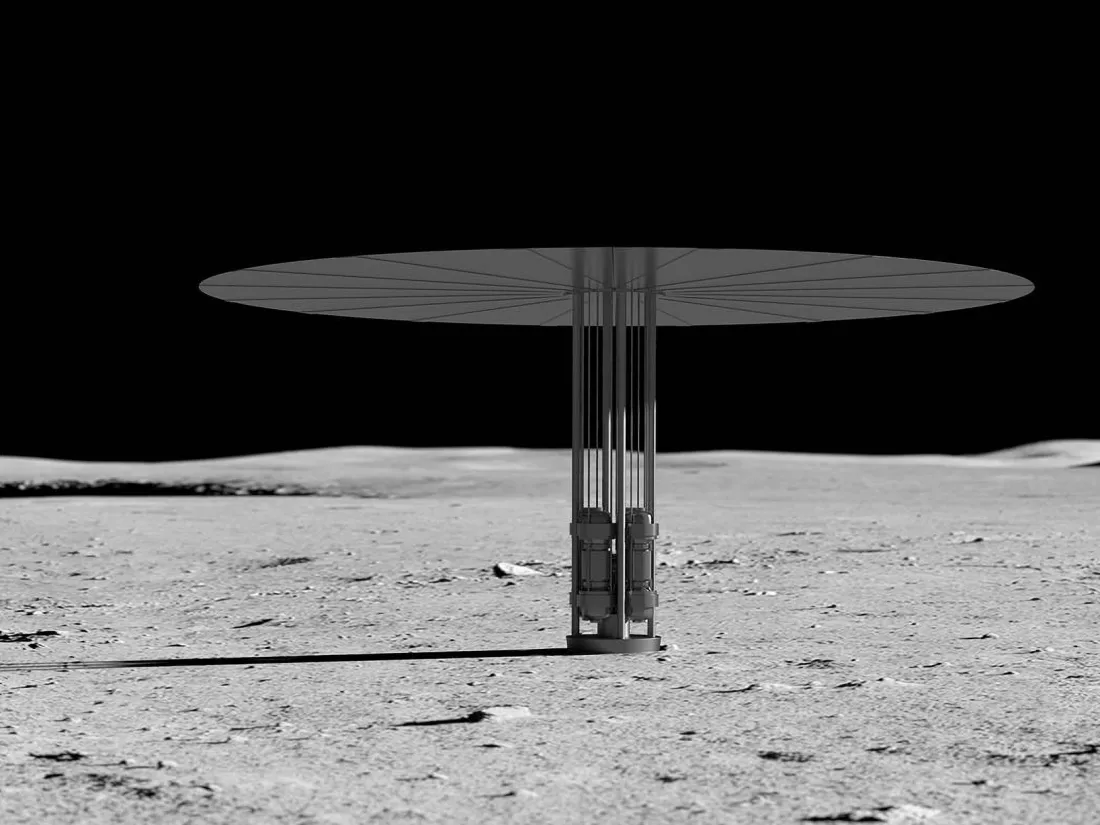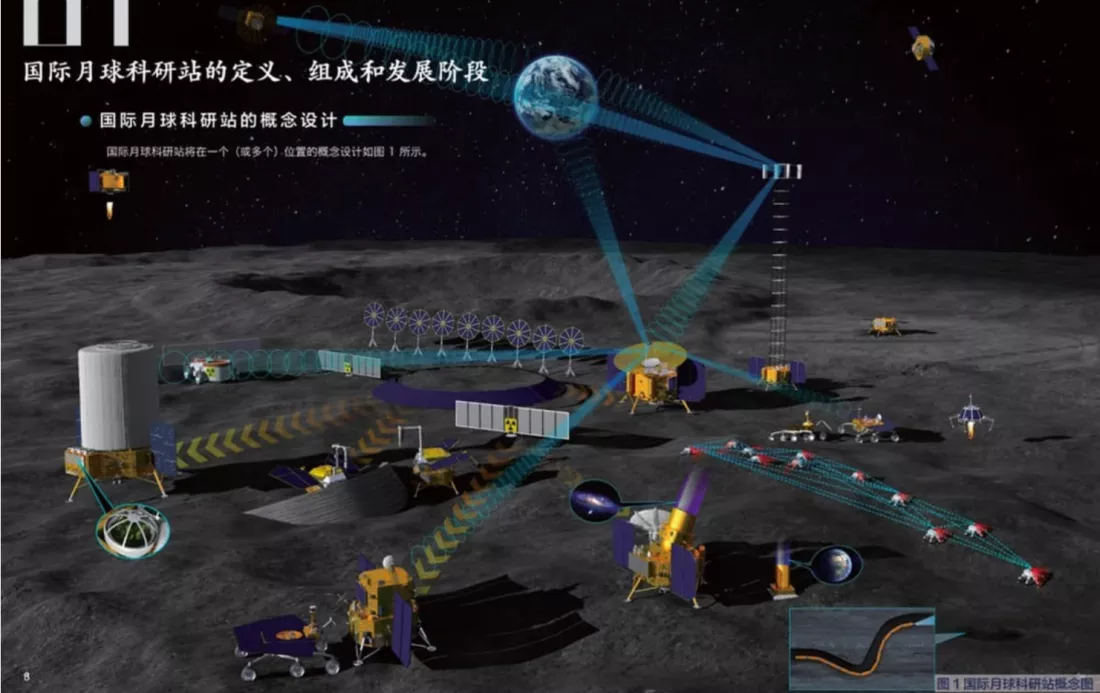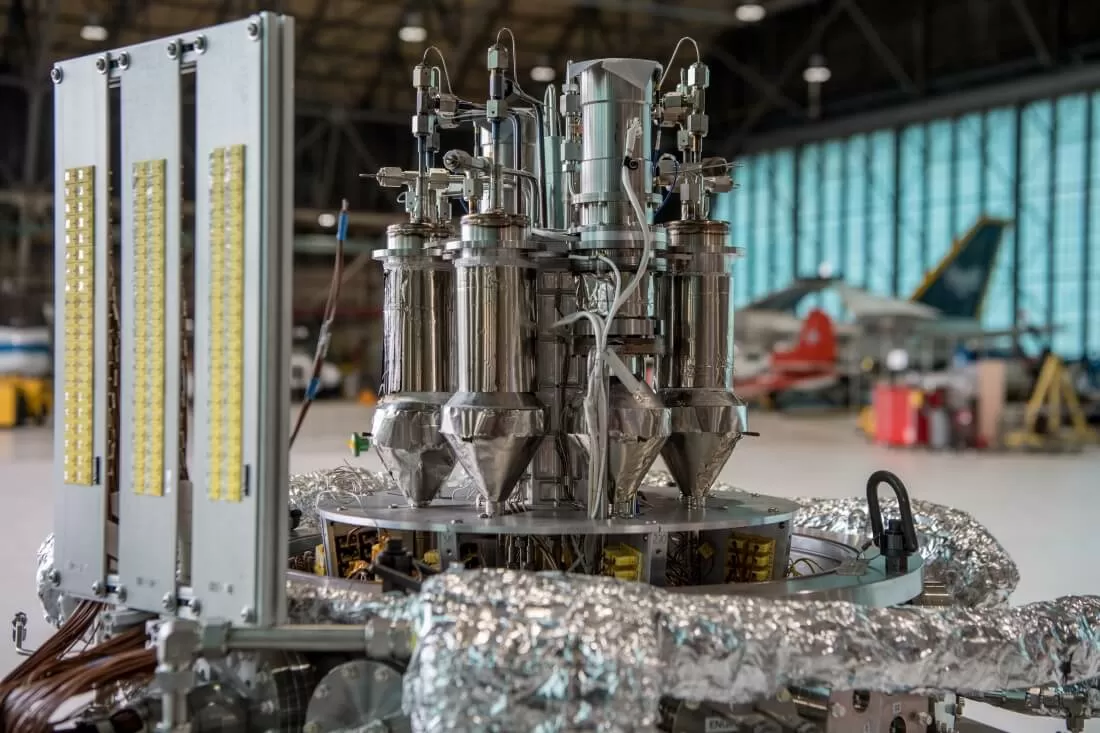
China plans to build a nuclear base on the moon by 2028
China and the United States compete in many areas, and it looks like the moon could become another point of contention for the two nations. The Asian country plans to build its first lunar base by 2028, and the White House wants to bring people to the surface by 2025.
The South China Morning Post reports that the Chinese base on the moon will probably be powered by nuclear energy. ITS basic configuration, consisting of a lander, a bunker, an orbiter and a rover, will be created as part of Chanier missions 6, 7 and 8.

The Chinese base will probably be built in the south polar region of the Moon. It will eventually expand into an international research station, and astronauts from China, Russia and other potential partner nations will occasionally be stationed there, but most of the time it will operate unmanned.
“We are currently developing a new system that uses nuclear power to meet the lunar station’s long-term high-power energy needs. We hope our astronauts can go to the moon in 10 years,” Wu Weiran, chief developer of China’s lunar exploration program, said in an interview with state broadcaster CCTV earlier this week.
China has been challenging the US in space exploration for many years. The country is building its own space station and has sent probes to the moon — in 2019, it was the first to land a rover on the far side of its surface.
China’s announcement comes just a couple of weeks after the White House’s National Science and Technology Council released its new ‘National Cislunar Science and Technology Strategy.’ Some of the plans involve the moon, including proposals for a permanent outpost at the south pole.
In June, NASA and the Department of Energy selected three companies, including Lockheed Martin, to develop power system concepts to support nuclear power on the moon. Each 12-month contract costs approximately $5 million and requires the preliminary design of a 40-kilowatt power system that can operate on the lunar surface for at least 10 years.
In 2018, the space agency demonstrated a portable power system with a nuclear reactor, but the device was only capable of generating 10 kilowatts of electricity. It used a solid cast reactor core with Uranium-235, the size of a roll of paper towels.

In 2020, eight countries signed the US-led so-called Artemis Accords, in which the parties agree to interoperability and peaceful exploration with the intention of avoiding conflict in space. Currently, a little more than 20 countries have agreed to these principles, but Russia and China are in no hurry to do so.
In November, after numerous cancellations and postponements, the space agency NASA finally launched the Space Launch System rocket as part of the Artemis I mission. Previous attempts were hampered by technical problems and weather conditions. Five days after launch, the Orion spacecraft approached the Moon within about 80 miles (about 129 km) of the surface.

